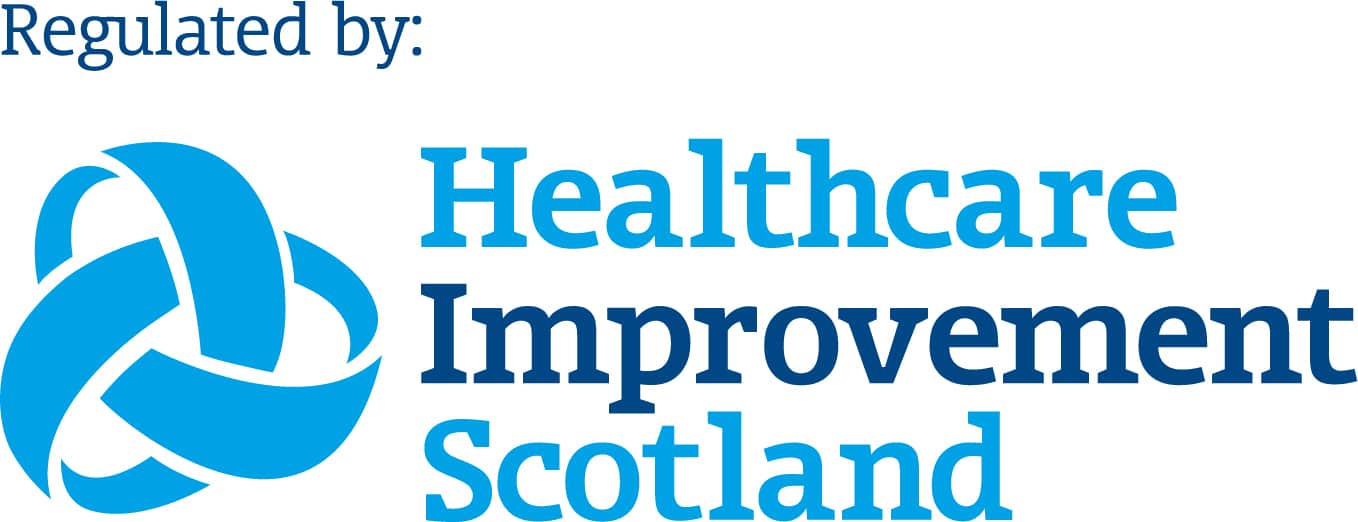 Meningitis is caused by the bacteria Neisseria Meningitidis. Between 5 and 11% of adults (and 25% of adolescents) carry this bacteria in their nasopharynx (back of nose and throat) without any symptoms at all.
Meningitis is caused by the bacteria Neisseria Meningitidis. Between 5 and 11% of adults (and 25% of adolescents) carry this bacteria in their nasopharynx (back of nose and throat) without any symptoms at all.
Why is it that some people go on to develop meningitis and septicaemia (blood poisoning) from Neisseria Meningitidis and others don’t?
We still don’t know the answer to this question unfortunately
We’ve certainly seen some links between age, season, smoking, preceding Influenza A infection and living in closed or semi-closed communities (such as university halls or military barracks) but on the whole, we aren’t certain what it is that predisposes some people to falling ill with this disease.
How is Neisseria Meningitidis spread?
Living in the back of the nose and throat, it spreads by aerosol, droplets or direct contact with respiratory secretions of someone carrying the organism. Transmission often requires repeated and prolonged contact.
The incidence of meningococcal disease is highest in children under the age of 5, with those under the age of 1 being most affected, There is a second peak in incidence in young people aged 15 to 19.
The MenACWY vaccine
This vaccine currently offered only to school leavers, year 9 children in secondary school and first-year university students under the age of 25, produces high levels of bactericidal (bacteria-killing) antibodies to 4 serogroups (Meningitis A, Meningitis C, Meningitis W and Meningitis Y) and through doing so it can help to get rid of these Meningitis groups in teenagers and thus reduce the risk of them spreading and infecting other age groups too.
Since the vaccine was introduced there hasn’t been a case of MenA, MenC, MenW or MenY in a vaccinated teenager in the UK.
Meningitis W
The concern, however, is that Meningitis W has been increasing year on year recently (from 22 cases (in 2009/10) to 210 (2015/16) and affecting healthy people all age groups, including deaths in infants and toddlers.
How do we protect younger children against MenW?
If MenW is on the rise and is reported to have a higher than usual death rate, should we be immunising more than just our teenagers with the MenACWY vaccine? Interestingly it has been shown that the MenB vaccine Bexsero protects against this particular MenW strain that is on the rise in the UK. (1)
So if your child was born after the start of the MenB immunisation period and has had their MenB vaccine, it is thought that they will be protected.
If however, your child missed out on it, then it could be worth having the MenB and MenACWY in childhood so that they are covered against these most common of meningitis strains from early on. Data shows a good antibody response after 2 doses of the Menveo vaccine (one of the two MenACWY vaccines used in the UK) in infants.
Childhood immunisations at ROC
At ROC we offer all routine immunisations of childhood, including Meningitis B and MenACWY. We are able to give these 2 meningitis vaccines to infants, children and adults of all ages.
Call or e-mail our London and Aberdeen clinics for further details or to make a booking.
(1) https://www.meningitis.org/meningitis/what-is-meningitis/bacterial-meningitis/meningococcal-group-w-(menw)


